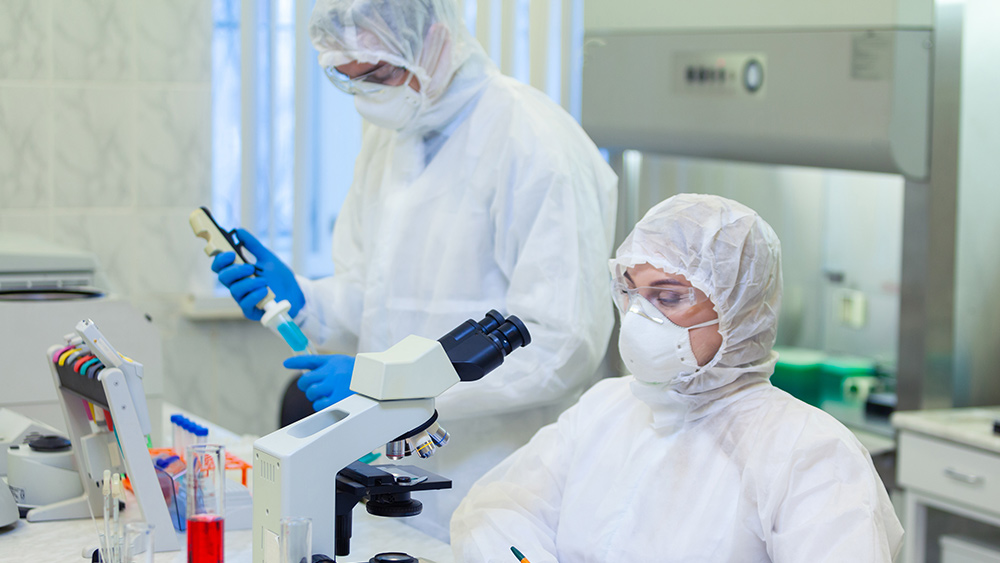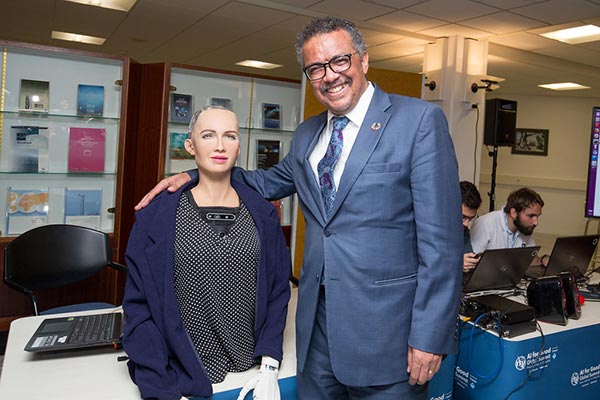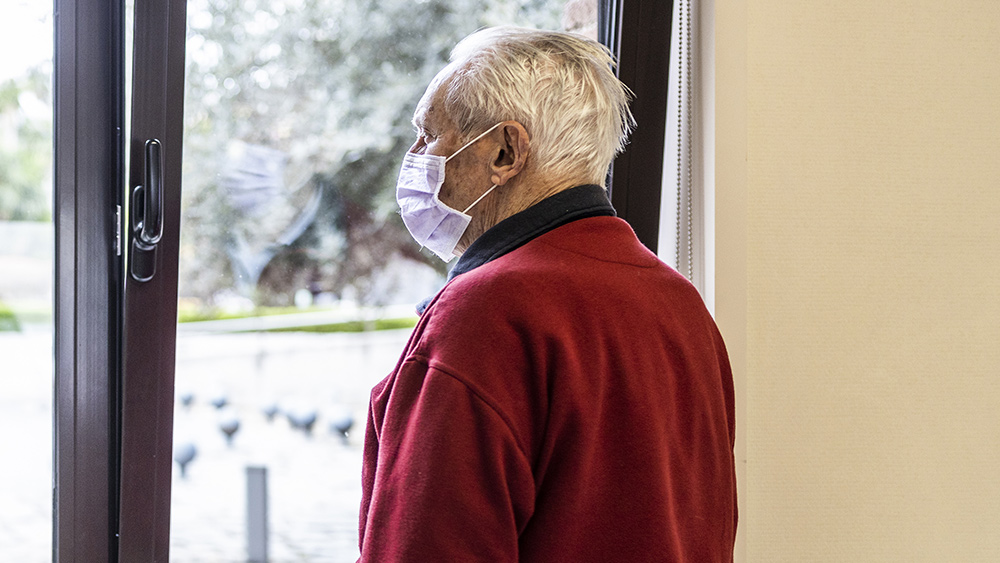Yes, the coronavirus could have been completely synthesized in a lab without leaving a trace
05/11/2020 / By Isabelle Z.

Could the new coronavirus have been created in a lab? Writing in Medium, Youthereum Genetics CEO Yuri Deigin said that he believes it’s quite plausible. He writes that labs across the planet have been creating viruses just like this one for a long time, and while skeptics say that there would be some sign of human manipulation in its genome, modern genetic engineering tools enable genomic fragments to be cut and pasted without leaving a single trace. Not only that, but he insists it’s something that can be carried out quickly, citing the fact that a Swiss team created an authentic clone of CoV2 in under a month.
At first, Deigin thought the idea of the virus being a lab creation was little more than a conspiracy theory. In fact, it was only when he was researching the situation to support his belief that he first started having doubts. One big red flag? As he looked further into the research activities coronavirologists have been carrying out in the past two decades, he found that making chimeras like CoV2 was pretty common in their labs.
Moreover, he said that virologists like the coronavirus research leader at Wuhan Institute of Virology, Shi Zhengli, have been doing precisely this type of thing since at least 2007. In 2017, they created eight new chimeric coronaviruses there. They even said in an NIH grant that they wanted to create live synthetic viral clones for research purposes.
Nobel Prize laureate Luc Montagnier, a co-discoverer of HIV, agrees with the lab theory. He believes that COVID-19 resulted from an attempt to create a vaccine for AIDS that escaped from a lab, although his analysis has not yet been peer reviewed. He thinks that it came about from inserting DNA sequences from HIV into a coronavirus.
A third of Americans believe coronavirus was made in a lab
According to a survey, almost a third of Americans believe coronavirus was indeed a lab creation. The Pew Research Center survey, which was carried out between March 10 and 16, involved nearly 9,000 adults. Twenty-nine percent of Americans said they thought the virus was most likely created in a lab. Nearly a quarter of adults say they think the strain currently wreaking havoc on the world was developed intentionally in a lab; 6 percent think it was most likely made by accident.
Younger people are even more convinced, with a third of adults between the ages of 18 and 29 thinking it was developed in a lab versus 21 percent of adults aged 65 and older who believe the same. The survey revealed several other divides as well. People with a bachelor’s degree or higher were less likely than those with less education to say the new virus was created in a lab, while more Republicans than Democrats believed it was lab-born at 37 percent versus 21 percent.
For his part, Deigin says that there’s no evidence of what really happened, but he does believe there has been a series of strange coincidences that are hard to ignore. He said that for CoV2 to have arisen naturally, bat and pangolin strains would have needed to meet in the same cell of an animal in Wuhan, where the outbreak started. However, since bats weren’t sold at the Wuhan market and tend to hibernate at that time of year and no other carriers of ancestral strains have been found, natural emergence is also difficult to prove.
There’s also the fact that American experts raised concerns after a 2018 visit to the Wuhan Institute of Virology about safety within the lab, particularly when it came to their work with bat coronaviruses. They contacted Washington to ask for more U.S. attention and support to the lab to help correct these issues. They noted a shortage of trained technicians and investigators there at the time.
We may never know how this deadly disease got its start, as Deigin said a good genetic engineer would be able to create a synthetic virus that is impossible to distinguish from a natural one. He added that he doesn’t want his post to be used to propagate one-sided theories, but he does wish to draw attention to the dangers of the gain-of-function research that goes on in virology.
Sources for this article include:
Tagged Under: biological weapons, bioweapons, coronavirus, covid-19, gain-of-function research, genetically engineered, Virology, Wuhan




















